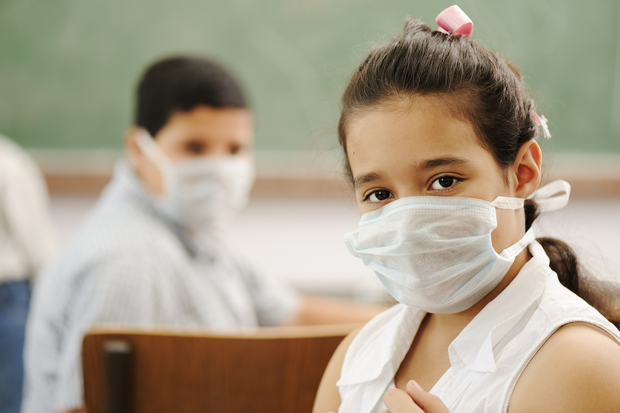Precocious puberty is when children's bodies begin to change into adult bodies too soon. They start to develop physical changes before the age of 8 such as breasts buds in girls and bigger testes in boys.
Girls diagnosed with precocious puberty during the COVID-19 pandemic tended to have higher body mass index (BMI) scores than girls who did not. These girls spent an average of 2 hours per day using electronic devices, and 88.5% of them stopped any physical activity.

Image: Storyblocks
Add to that media- and government -fueled stress, social isolation, resulting in increased conflicts between parents, economic peril, and fetishizing products like hand and surface sanitizers and there could be numerous psychological factors involved also.
The researchers evaluated the incidence of precocious puberty before and after the COVID-19 pandemic in 133 girls from Italy. They also examined the possible relationship between COVID-19 and pandemic-related lifestyle changes. They found 72 cases of precocious puberty before the COVID-19 pandemic (January 2016-March 2020) and 61 cases between March 2020 and June 2021. That equates to four new cases per month.
“Our study confirms the rise in precocious puberty diagnoses during COVID-19 and identifies contributing factors such as poor eating and exercise habits, too much screen time and impaired sleep,” said study author Mohamad Maghnie, M.D., Ph.D., of the University of Genoa. “We found an increase in weight gain among girls diagnosed with precocious puberty during the pandemic, and rapid increase in body weight is associated with advanced pubertal development.”





Comments